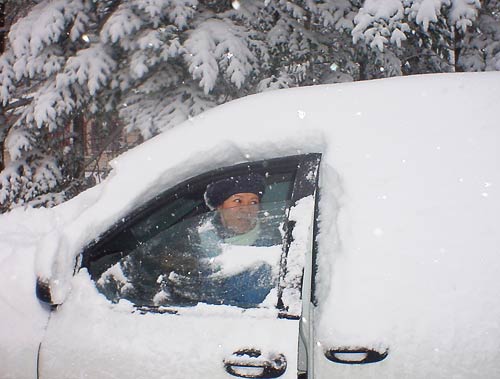|
Driving in Snow 101 Thanks to etolane for the pictures at Flickr.
Driving in snow poses many challenges. It can significantly reduce both visibility and traction.
Have A Great Story (or question) About This Winter Activity?
Do you have a great story about this? Share it! Shoveling Snow | Snow Shovel | Why Does Salt Melt Ice? | Winter Blizzards | Winter Driving | From Driving in Snow to Winter Survival | Land of Snow Blog | Montreal | Winter Activities For Children | Maple Syrup | Pictures of Snow | Snow Blogs | Review of Snow Blowers | Ski Resort Reviews | Home Page |








New! Comments
Leave a comment about this article in the box below and share it with your Facebook friends.